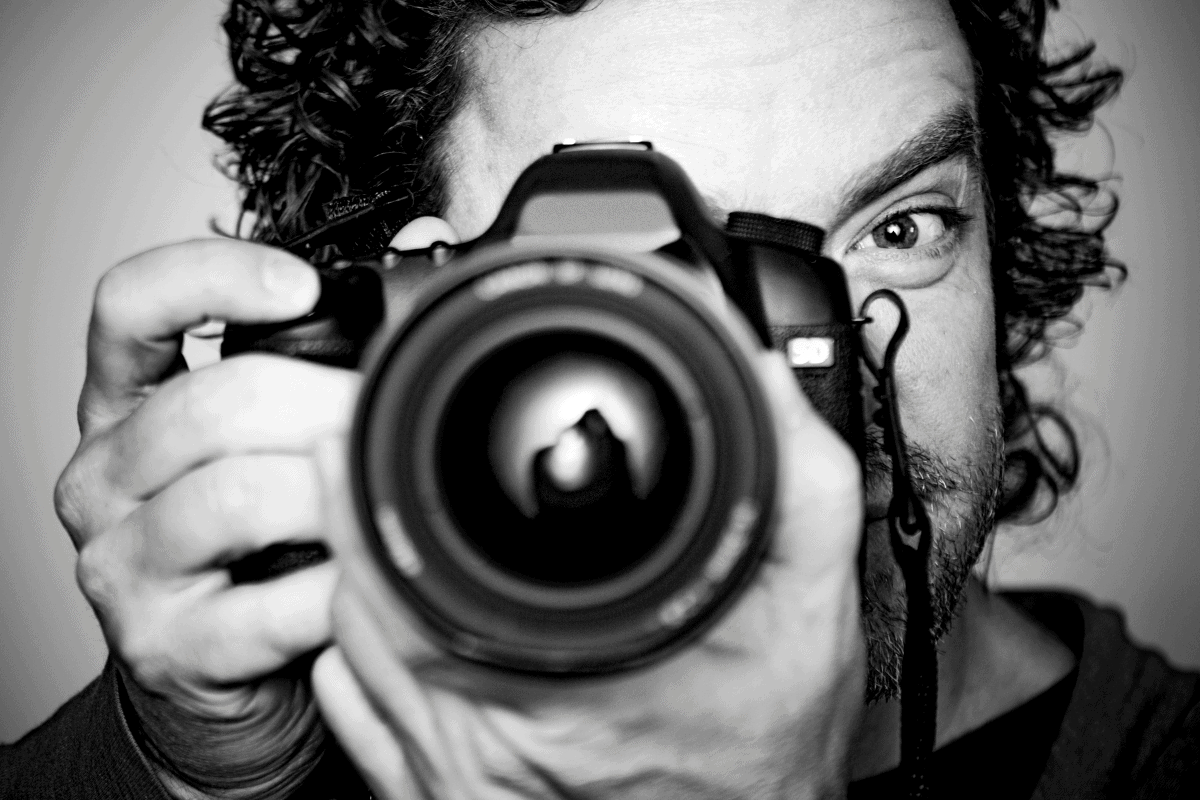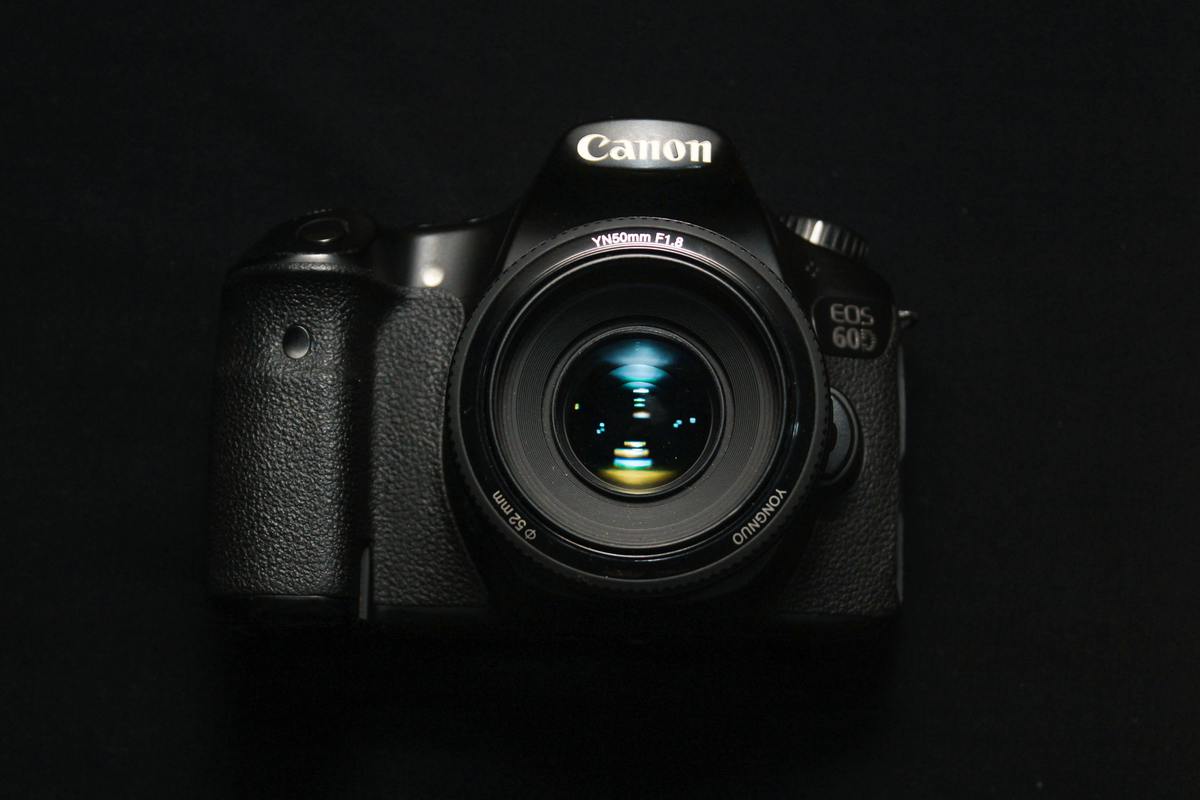Megapixel count is one of the more complex subjects in the photography industry, specifically on how much bearing it truly has on your photograph. Being bombarded with megapixel talk can be overwhelming for new photographers diving into the camera-buying landscape.
Luckily, breaking down what a megapixel is and how much impact this number can have on the final photo you produce doesn’t have to be a brain twister. I will explain everything you need to know about this topic and how many megapixels a camera should have.
What Is A Megapixel?
A photograph on its face looks like, well, a photo.

Zoom in, and suddenly you start to see something that looks like this:

Zoom in further, and you can see this:

The photos that we see are made up of thousands of tiny squares of color. Put all of these squares together, and you get a picture. A pixel is the name given to each little square.
Megapixels are the units of measurement to state how many pixels make up a photo. One megapixel equals a million pixels.
Megapixels have to do with a camera’s resolution, which refers to the size of a digital image. If a camera produces a photograph that is sized at 6240 pixels long by 4160 pixels wide, that means that the image has 25,958,400 pixels in total (6240 x 4160 = 25,958,400).
Because it’s a bit of a mouthful to say that there are 25,958,400 pixels in a photo, it’s easier to relay this information by stating that the camera is 26 megapixels.
Megapixels And Camera Sensors
The camera’s sensor dictates the pixel count. Yes, the sensor itself actually has pixels. The pixels on a sensor are called photo sites, and these get translated to pixels in a digital image. Photo sites capture light and turn that into an image.
A 26-megapixel camera has 26 million photo sites on the sensor. As such, the camera sensor must be large enough to house all the pixels. You see, the larger the pixel, the larger the photo site on the sensor – which allows better handling of light because there is more square footage for the light to hit.
If you try to squeeze too many pixels into a sensor that isn’t big enough, the photo sites become very small and can’t handle light very well—as such, being conscious of the sensor size versus the number of megapixels is important.
Effective Megapixels
Now, to add even more complexity, when you look at a camera and see the megapixel count, that may be different from how many pixels the photo will have.
In order for a camera sensor to work effectively, it may have some pixels (or photo sites) outside of its actual photo-recording zone (like on the edges of the sensor). These photo sites don’t actually record as pixels in your picture, but they are necessary to correctly translate colors or manage the black areas in your photo.
As such, your camera will have two-megapixel counts: one is the total amount of megapixels the sensor holds (which is what marketing tends to use to sell a camera because the number is larger), and the second is the effective number of megapixels.
As an example, a camera could have 26 megapixels in total (and that’s what’s shown on the camera packaging), but only 25 megapixels are effective (as shown in the sensor resolution fine print). The extra million pixels are there just to help the sensor work properly.
How Many Megapixels Make A “Good” Camera?

How many megapixels a camera should have is where the discussion turns into a bit of a debate. Some image makers argue that cameras need to have a large number of pixels to be considered good cameras, while others state that megapixels don’t have as much impact as camera marketing would lead us to believe.
Pros And Cons Of Large Megapixel Counts
Logic states that the more megapixels a photo has, the better. More squares, more detail, bigger image! But this isn’t always the case. There are pros and cons to cameras that have a very large amount of megapixels.
Generally speaking, most cameras today fall somewhere between having 16 megapixels and 60 megapixels. The middle range is 24 to 36 megapixels. Anything above 36 is generally considered a large megapixel count.
The perks of having a lot of megapixels include:
- Large megapixels can record a tremendous amount of details, often impressing those who zoom beyond the 100% value.
- A larger size photo means a larger sized print. A 60-megapixel camera can print an image the size of a skyscraper while retaining decent quality.
- A lot of megapixels can allow a photographer to crop the image significantly and still retain great quality.
- The more megapixels a photo has, the easier it is to retouch (because you have more information in the photo, more pixels equals more image data). A photographer can have a better time altering colors with larger megapixel counts.
- The larger the number of megapixels, the easier the camera can record images in dimly lit or dark situations. This is because the higher megapixel count equals more photo sites on the sensor, helping work with the ambient light better.
However, there are cons to large megapixel counts as well:
- The cameras are significantly more expensive. There could be as much as a several thousand dollar price difference. The reason for this is that the sensor has to be much larger in size – in order for a large number of megapixels to be effective, the sensor has to be big enough to house them all. If the sensor is too small, the large megapixel count would degrade image quality rather than improve it.
- The more megapixels, the larger the file size. This could make storing the images more problematic, requiring larger memory cards and larger hard drives. Sending files can also be a hassle due to them taking up a lot more space.
- In some cases, the more megapixels a camera has, the more artifacts the sensor can record. Artifacts in a photograph are small bits of distortion or odd colors in the pixels of a photo. You can see this visually as bizarre little spots in a picture.
- Photographers have cited noticeable differences in the smoothness of their photographs between, say, 24 megapixels and 60 megapixels.
How Many Megapixels Should A Professional Camera Have?

Keeping the pros and cons in mind, a camera aimed towards the professional working photographer should have a minimum of 24 megapixels. Most professional cameras range between 24 and 36 megapixels. This is the middle ground that provides for general editing and printing needs.
For the most part, there isn’t a big need for more than 36 megapixels for the average working photographer who specializes in capturing family portraits, pet photography, and such everyday sessions. If the photographer pretty exclusively releases images online and their clients only use the photos for social media, fewer megapixels can work well, too, so even just 21 megapixels is okay.
However, if a photographer dives heavily into the commercial photography world, relies on making very large prints, or heavily manipulates their images with Photoshop and Lightroom, a higher megapixel count would be better for them. Looking for professional cameras in the 40 and above megapixel count is a solid idea.
How Many Megapixels Is Good For A Phone Camera?
Phone cameras are a little bit different from DSLR and mirrorless cameras. Phones don’t have the same type of camera sensor because they are significantly smaller in stature, so the sensor is very small in comparison.
Trying to force too many pixels into the small sensor size could actually be a detriment to the photo quality! That’s because the more pixels you try to squeeze into too small of space makes the sensor really bad at handling light because the photo sites are too small.
As such, the ideal megapixel count for a smartphone camera is 12 megapixels. This is the ideal number because it records a great amount of information, handles light very well for the small sensor size, and produces files that are a good size to be viewed on the phone and kept in phone storage.
Phones are limited by their own ability to view and store large files, so that also plays a role in why more megapixels may be a bad idea. Although some phone companies scream that their smartphones can record 108 megapixels, that’s not actually better than 12 megapixels, and many users would end up downgrading the resolution anyway. So, in the end, it’s just a marketing strategy!
Is 24 Megapixels Enough?
As mentioned, most cameras aimed towards professional and serious hobbyist photographers can range from 24 to 36 megapixels (and, of course, well beyond that). But for those opting for a more cost-efficient camera that is 24 megapixels, is this resolution enough?
Generally speaking, yes! For most photographers, 24 megapixels is more than enough. This still provides approximately 24 million pixels, plenty for basic photo manipulation (such as color correction and skin retouching), and plenty for a bit of cropping without losing quality.
24 megapixels on a full-frame camera is good for some types of low-light photography, such as live concert photography. This is because the large size of a full-frame camera sensor allows 24 megapixels to translate to larger photo sites on the sensor, handling light (or the lack of it) pretty well!
Comparing 48MP VS 12MP
On its face, viewed at 100% on a computer, there is no visual difference between an image taken with a 12-megapixel camera and one taken with a 48-megapixel camera. If uploaded online, you’ll still not see any difference.
Printed, however, you will see a change. 12 megapixels can only print up to 11” x 14” at good quality, while 48 megapixels can print up to 20” x 30” at excellent quality!
A 48-megapixel image will have a lot more data in it, making editing colors, significant image manipulation, and cropping a breeze. At 12 megapixels, you won’t be able to do much of the above before the image starts to degrade in quality.
A RAW file 48-megapixel photo is approximately 75 megabytes in size. In comparison, a RAW file 12-megapixel photo is only 25 megabytes in size, so file size is definitely a big difference between the two.
How Many Megapixels Do You Need To Get A Good Quality Print?
A printmaker often states that an 8-megapixel image is all you need for a good quality average print. But this is a bit too generalized of a statement – the reality of how many pixels you need for a good print isn’t this simple.
The more pixels your photo has, the larger the print you are able to do without compromising any sort of quality. When I talk about quality compromise, I mean seeing any sort of pixelation, fuzziness, or lack of sharpness in print versus how the digital photo actually looks. If you blow up an image that is too small, it’ll get fuzzy and reduce in quality.
As such, you usually don’t want to print something larger than the megapixel amount allows because, if you’re like me, quality matters. Although a bit of fuzziness is more than passable to the average viewer, and they might even consider a print like that “good,” a photographer will notice it, and it’ll be a problem!
Here is a general idea of what common size print the common megapixel count can achieve while retaining high quality (300 dpi):
- 8 Megapixels = 8” x 10”
- 24 Megapixels = 11” x 14”
- 36 Megapixels = 16” x 24”
- 50 Megapixels = 20” x 30”
DPI refers to dots-per-inch, which is how a printer works (like a printer’s version of pixels). You can increase these print sizes if you use a lower DPI count (such as 250 DPI) or content with a reduced quality.
What Camera Has The Most Megapixels?
Of the hundreds and hundreds of cameras available on the market, only a few have a very large amount of megapixels. Some cameras have this number as a part of their sensor, and others use a modern technique known as pixel stacking.
Pixel stacking is when a camera takes multiple photographs and puts them together to increase resolution.
Say you look through your camera’s viewfinder for a landscape and take the shot. The camera now takes detailed individual photographs of each section of the landscape you see through the viewfinder with the number of pixels the sensor has available.
The camera then puts the images together, increasing the resolution (and therefore the pixel count) as a result. This is akin to putting two 24-megapixel photos side by side to create an image with 48 megapixels!
Cameras With The Most Megapixels Via Sensor
The top five cameras with the most megapixels include:
- Phase One XF IQ4 has 150 megapixels
- Hasselblad X2D 100C has 100 megapixels
- Sony A7r IV has 61 megapixels
- Sigma fp L has 61 megapixels
- Canon 5DS has 50 megapixels
Cameras With The Most Megapixels Via Pixel Stacking
The top five cameras that add a tremendous amount of extra pixels through stacking are:
- Fujifilm GFX 100 / Fujifilm GFX 100S can do up to 400 megapixels
- Hasselblad H6D-400C Multi-Shot can do up to 400 megapixels
- Panasonic S1R can do up to 186 megapixels
- Sony A7r III can do up to 169 megapixels
- Panasonic Lumix S1 can do up to 96 megapixels
The validity of the megapixel count a photographer should invest in depends on the photographer’s needs.
Photographers that do a lot of cropping, editing, and printing would find larger megapixel counts much more useful.
While photographers that tend to manipulate their images less or only work in digital files can get away with much fewer megapixels just fine!











